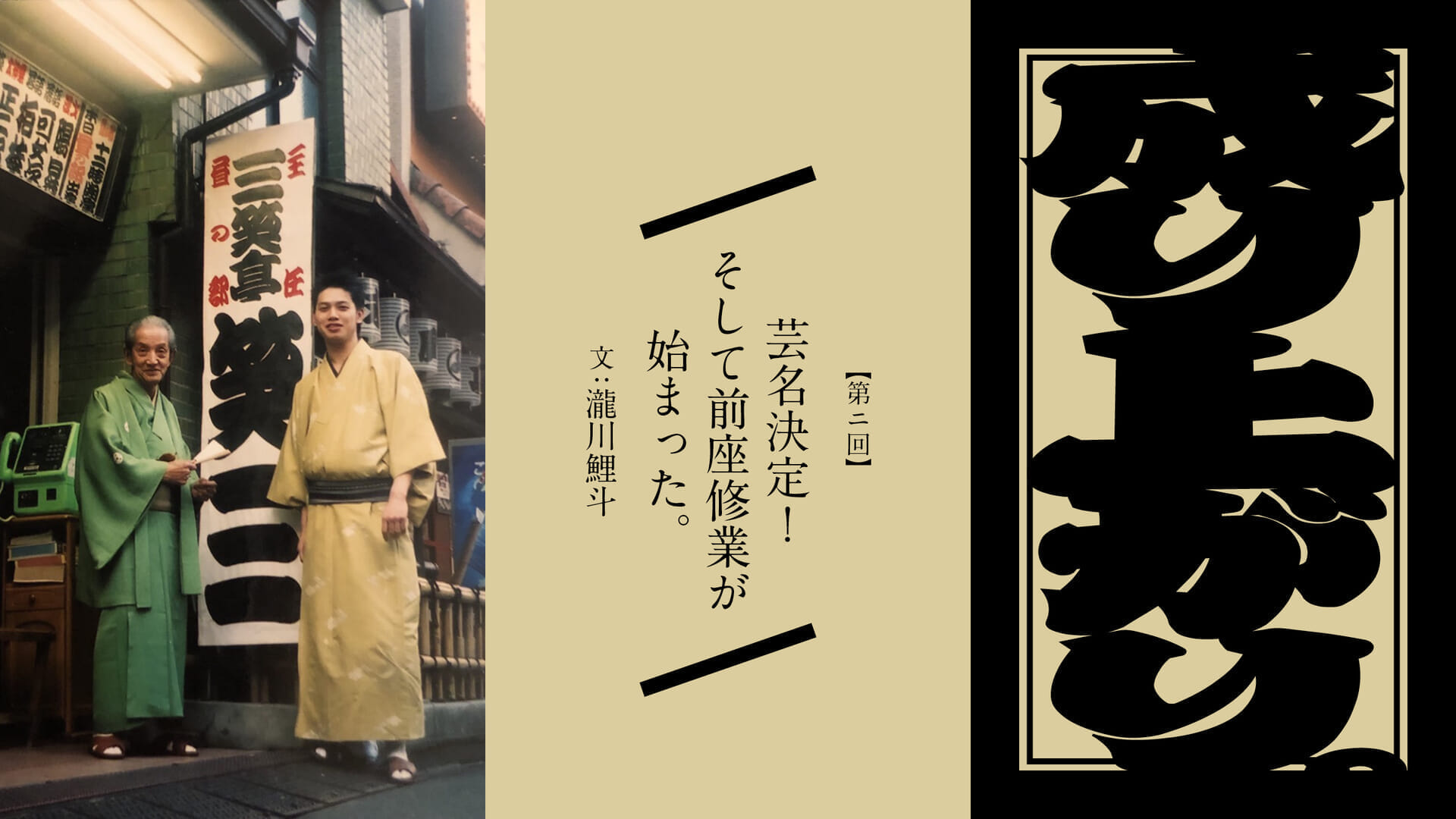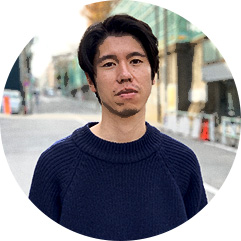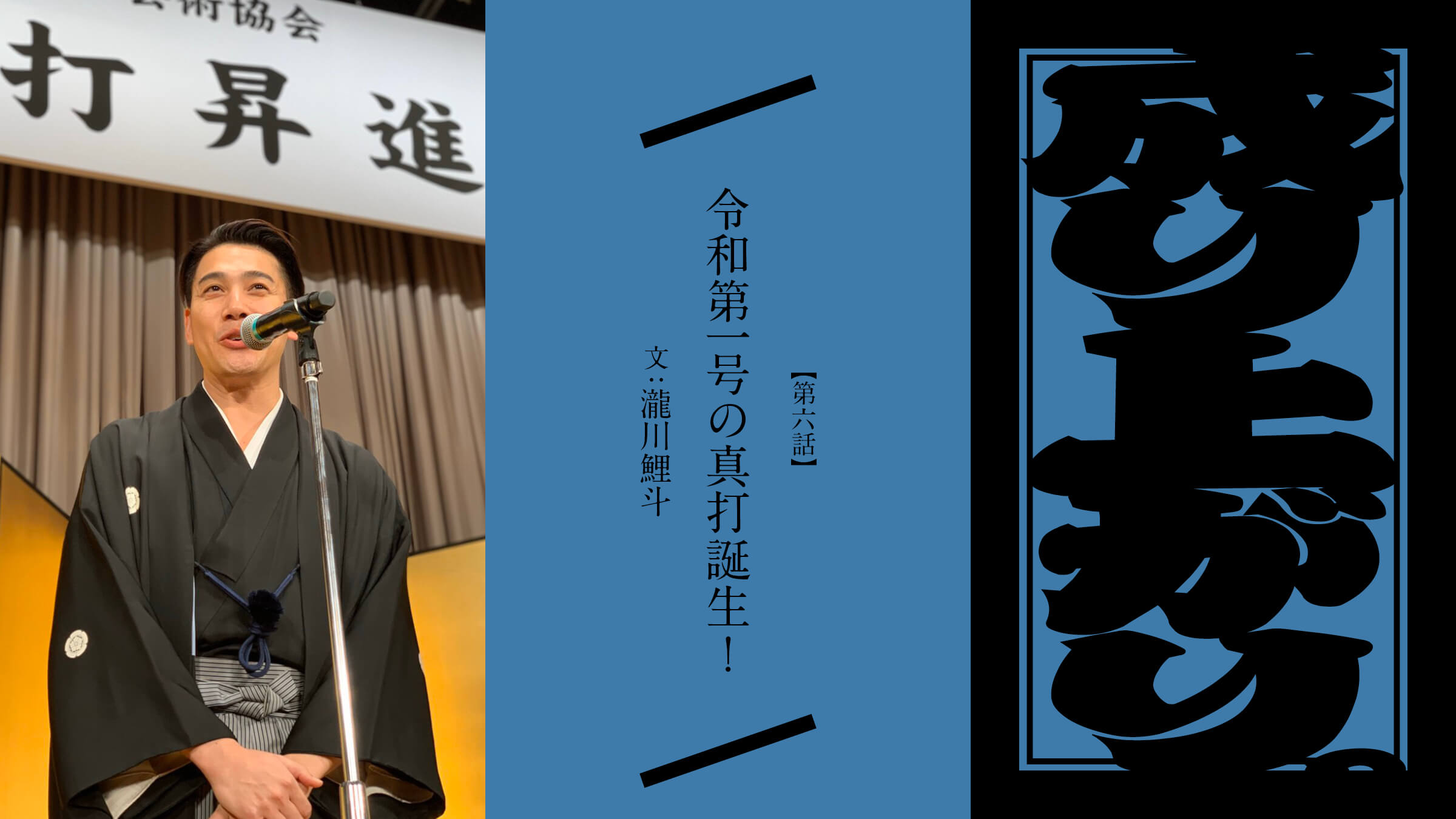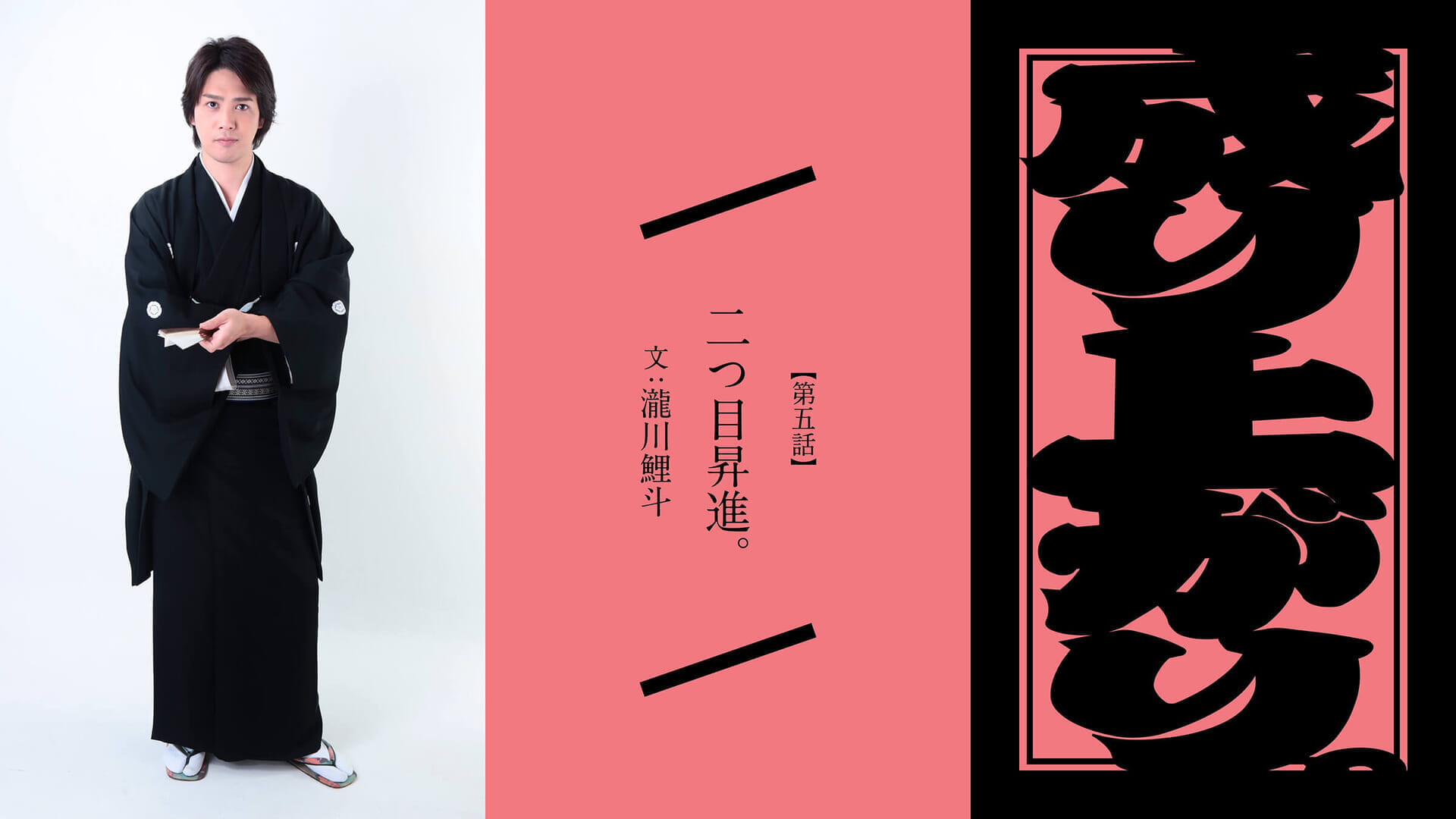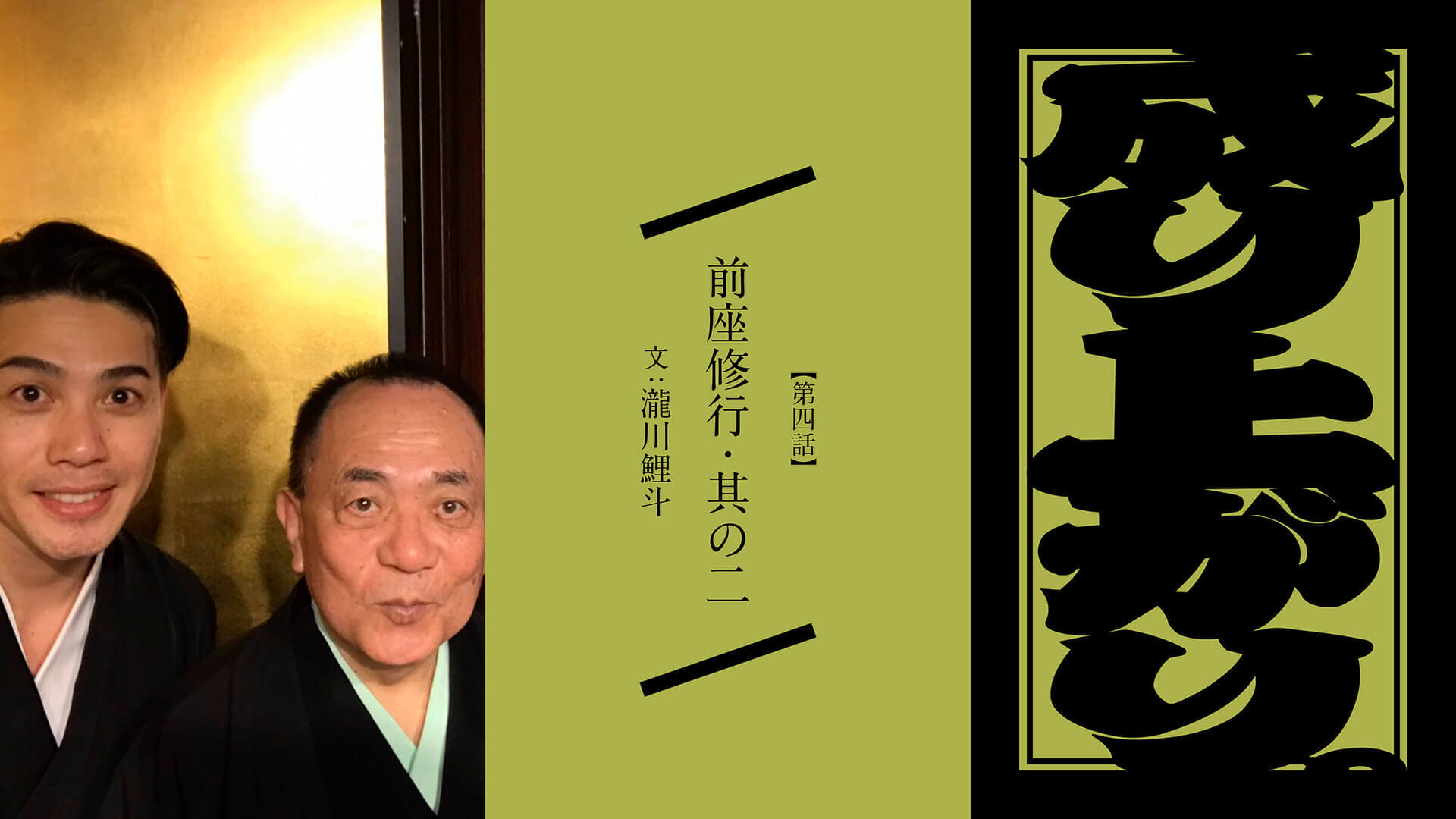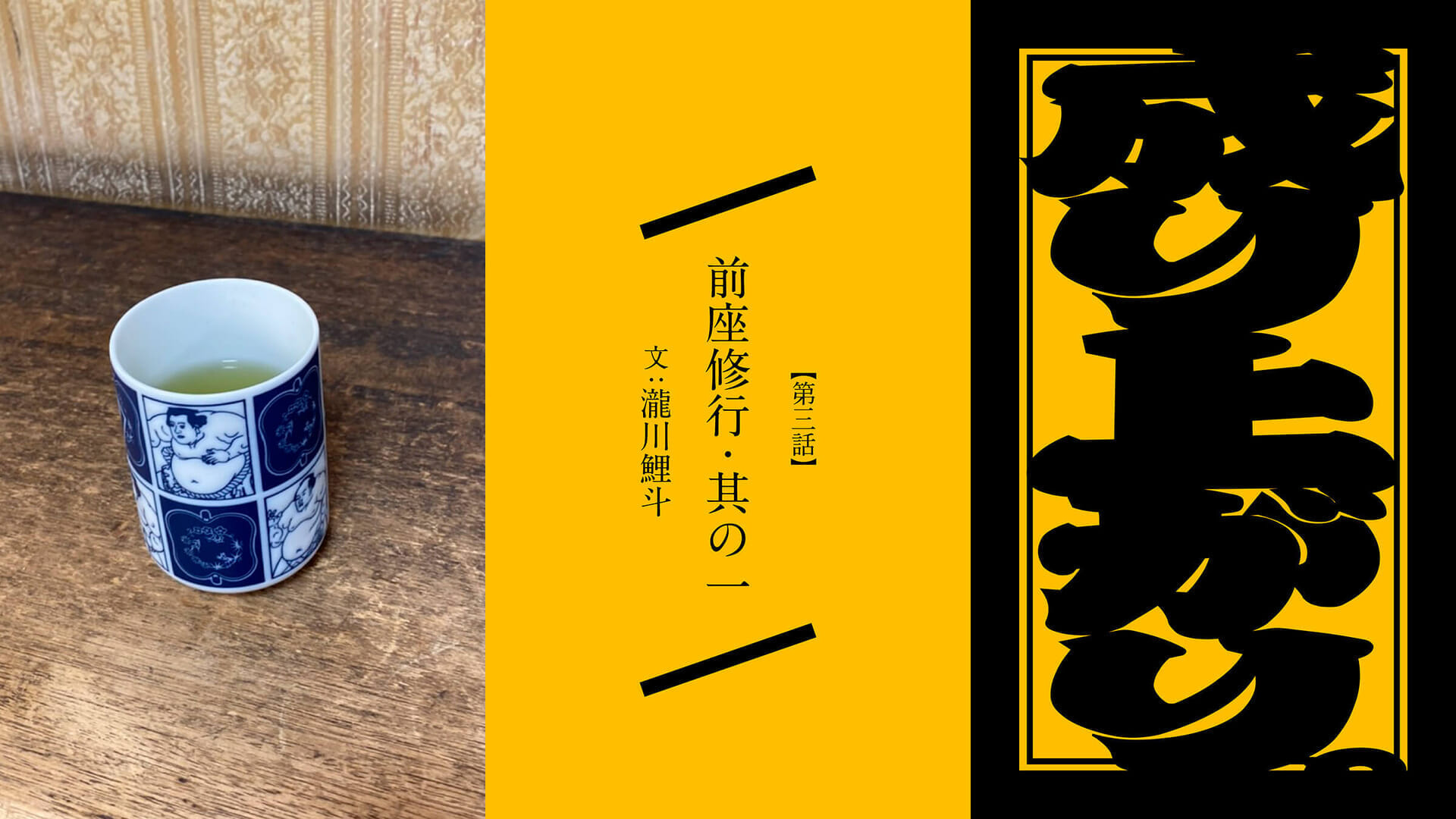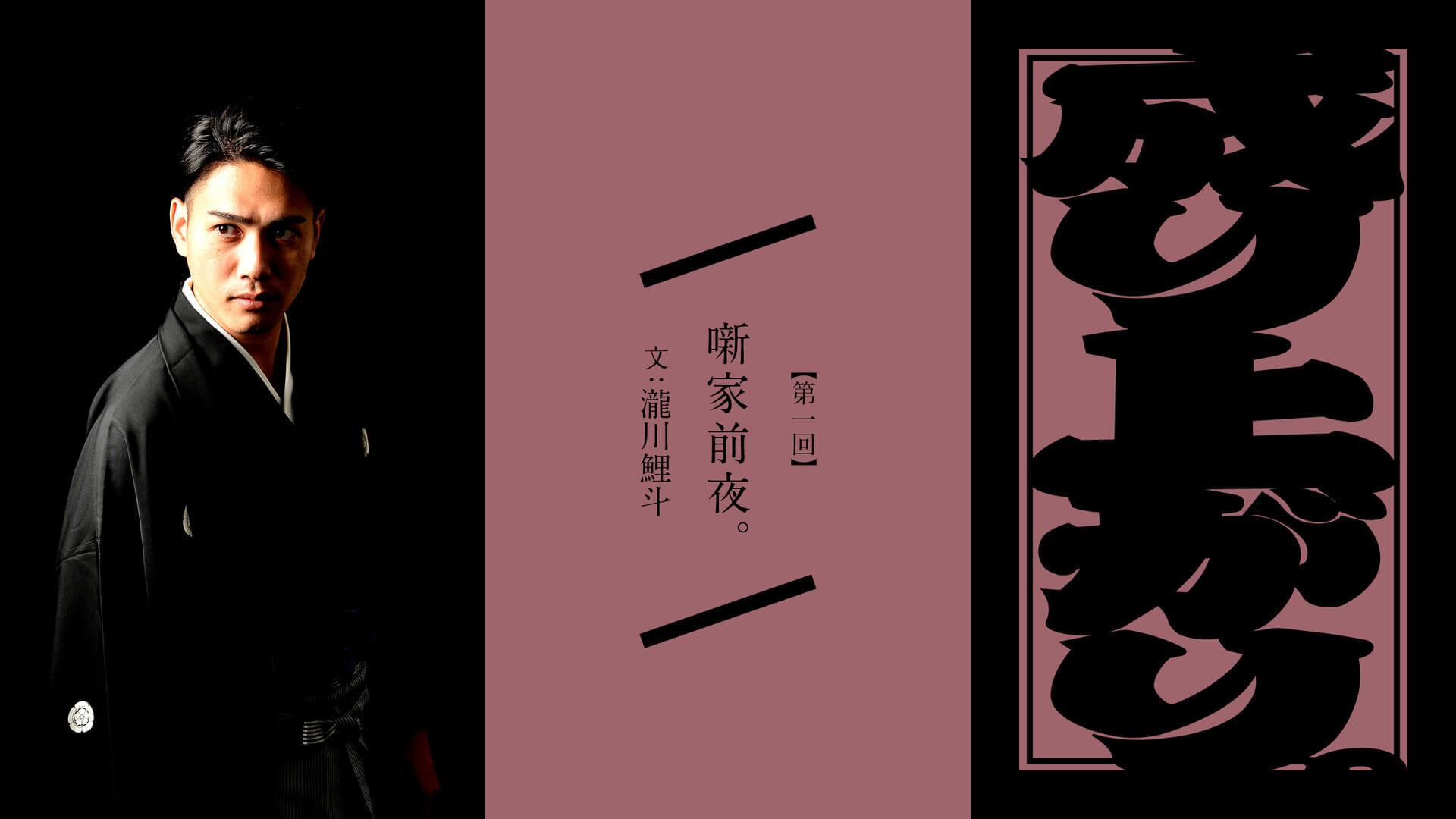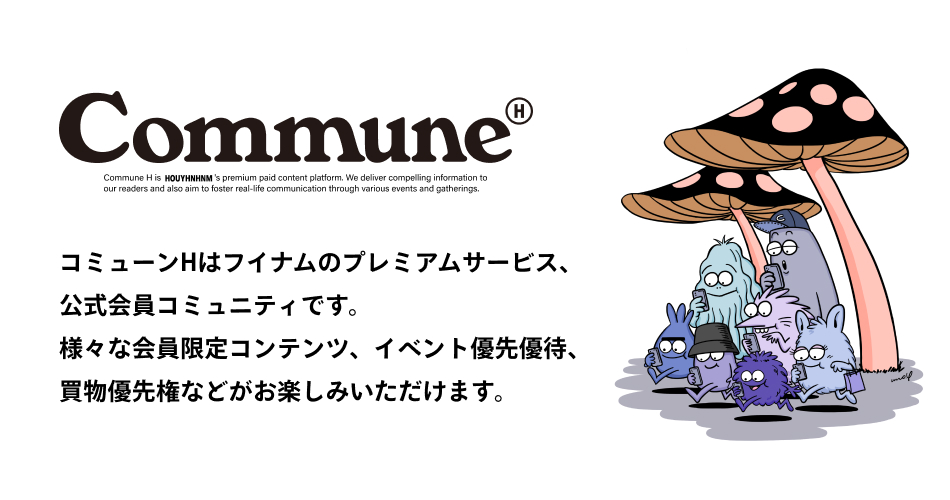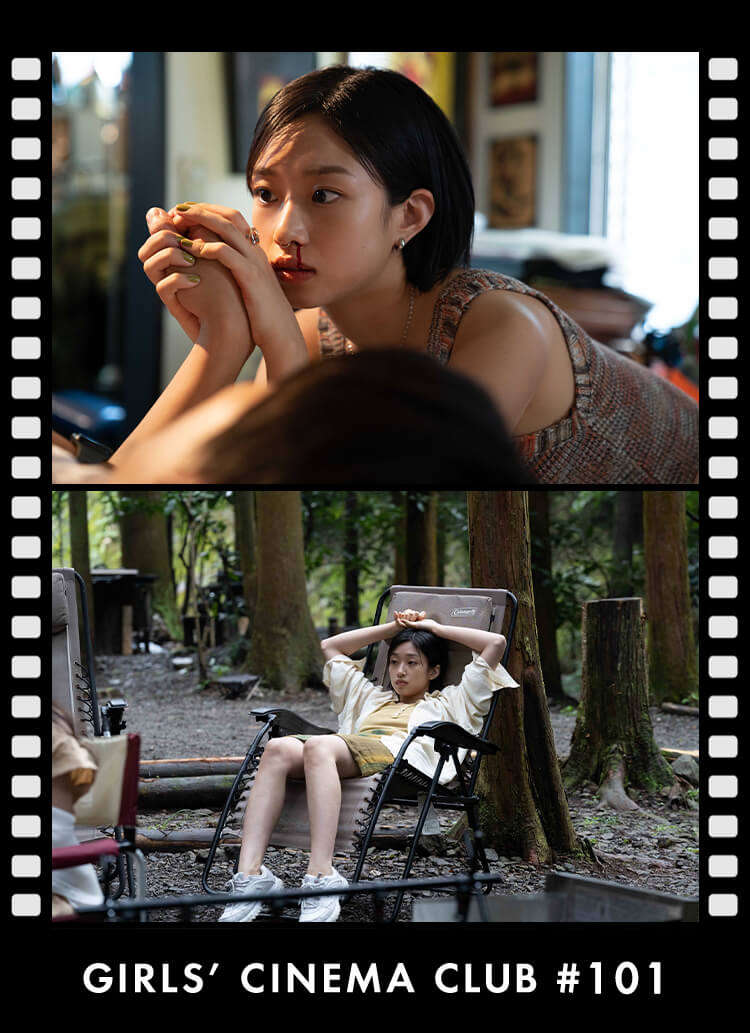2nd A stage name was decided! And so began the pre-show training.
Now, I was accepted as an apprentice, but that did not mean I could become a rakugo performer right away. The first thing my master taught me was to wear a kimono by myself!
. "You wear it every day, so you have to be able to put it on yourself . No one else is going to help you."
I remember borrowing my master's yukata and trying it on, but I struggled a lot because I couldn't tie the obi in the back.
Simultaneously with the kimono, I was being taught the first and second drums required for the front of the house work, as well as one rakugo (comic storytelling) performance, "Newspaper Article. Practicing rakugo storytelling is very nerve-wracking because the master is facing you and watching you.
There is a pillow before starting a story, and in the pillow for the "newspaper article," I said "fake eyelashes are easy to peel off" when I should have said "fake eyelashes are easy to peel off," and the master said, "...Oh, I didn't teach you that. But it's right! . (laughs).
At the beginning of 2004, my teacher came into the practice hall with a notepad in his right hand, smoking a cigarette (the brand name of the cigarette was " Mild Seven," 1 mm).
After about a minute of serious eyes and silence, he looked mysterious and said, "I thought of a name for you. Which one do you prefer?" , and offered me a piece of notepaper in his right hand.
On that notecard, there were two names!
I looked at the name on the notepaper and thought, in my own way, which name would be better.
Koi Koi? Or Doumo?"
Of course it's Koi Koi, since my master's stage name has Koi in it! I thought to myself, "Of course I want to be called Koi Koi! The master smiled and said, "I see! Koimo! I get it! I got it!
At that moment , I had no idea what the master was saying.
What do you mean, Master?" He replied, "The name on the right is Koimo and the one on the left is Koito... Oh, don't you know how to read Japanese? Japanese is read vertically.
At the time, I thought, "I see! I thought, "I see! I didn't know there was such a rule! (Laughs)
Oh! Master! I knew it, over here!" I said without pause, and the master said, "...it's not too late. . Thus was the scene of a call to the "Rakugo Art Association" to register his stage name.
The year began on March 1, 2005. I entered the backstage as a maeza performer and started my training and life as a rakugo performer as "Koito" instead of my real name "Naoya" until now!
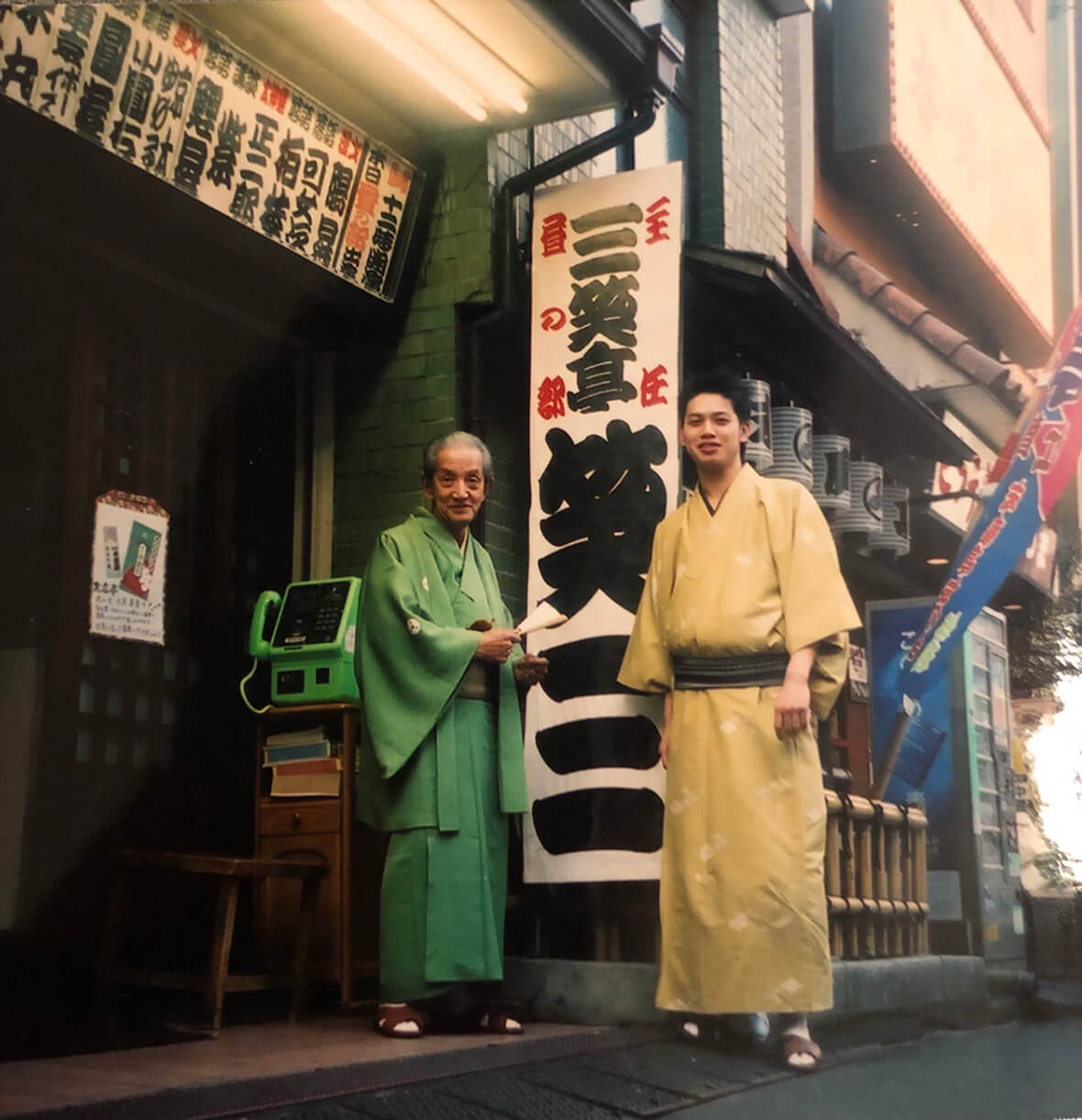
Late master Shozo Sanshotei (left) and Koito Takigawa (right) from his days as a maeza performer.
My first Yose (a theater where rakugo is performed) was at Shinjuku Suehirotei. Before I became a rakugo performer, my master told me to go to Suehirotei many times because it would be my workplace! I'm going to do my best! I still remember how excited I was when I put on the kimono and entered the dressing room.
The first thing to do when training to be a maeza is to greet the audience in the dressing room.
If you don't greet the masters, the seniors, and serve tea to them, they will say, "Who are you? Who are you?" and you will mess up.
The lowest position is in charge of serving tea, and above that is in charge of helping the masters put on their kimonos and folding their kimonos when they are finished. Above them are those who help the masters dress and fold their kimonos when they have finished their performance.
The topmost position is called tatemaeza, who is in charge of the entire backstage area, including the coordination of the play's time and the entry of which master has done what material in the daifuku-cho (story book) with a brush.
If the tea-party maeza messes up, the stand-up maeza is also in charge of the entire backstage area, so he or she must apologize to the master who messed up with them.
Well, let's see! From here, the upheaval begins! The curtain is now rising on the training for the front of the house!
PROFILE
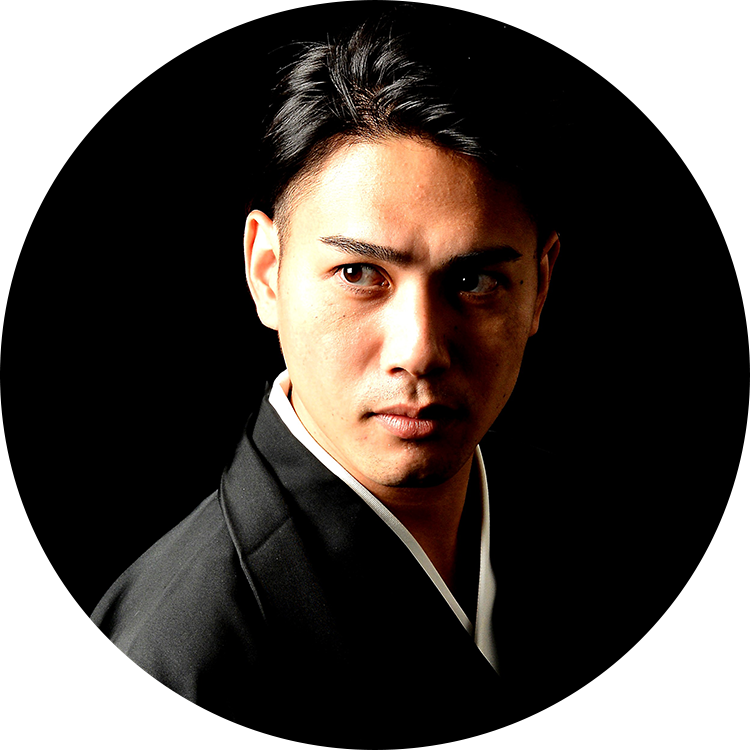
Born in 1984 in Nagoya, Japan, he is a member of the Rakugo Art Association. He became obsessed with motorcycles in high school and became the leader of a local motorcycle gang at the age of 17. He became an apprentice when he saw a solo performance by his master Takigawa Koisho while working part-time at a restaurant in Shinjuku, and was promoted to maeza in 2005, nitsume in 2009, and shinuchi in May 2019.


